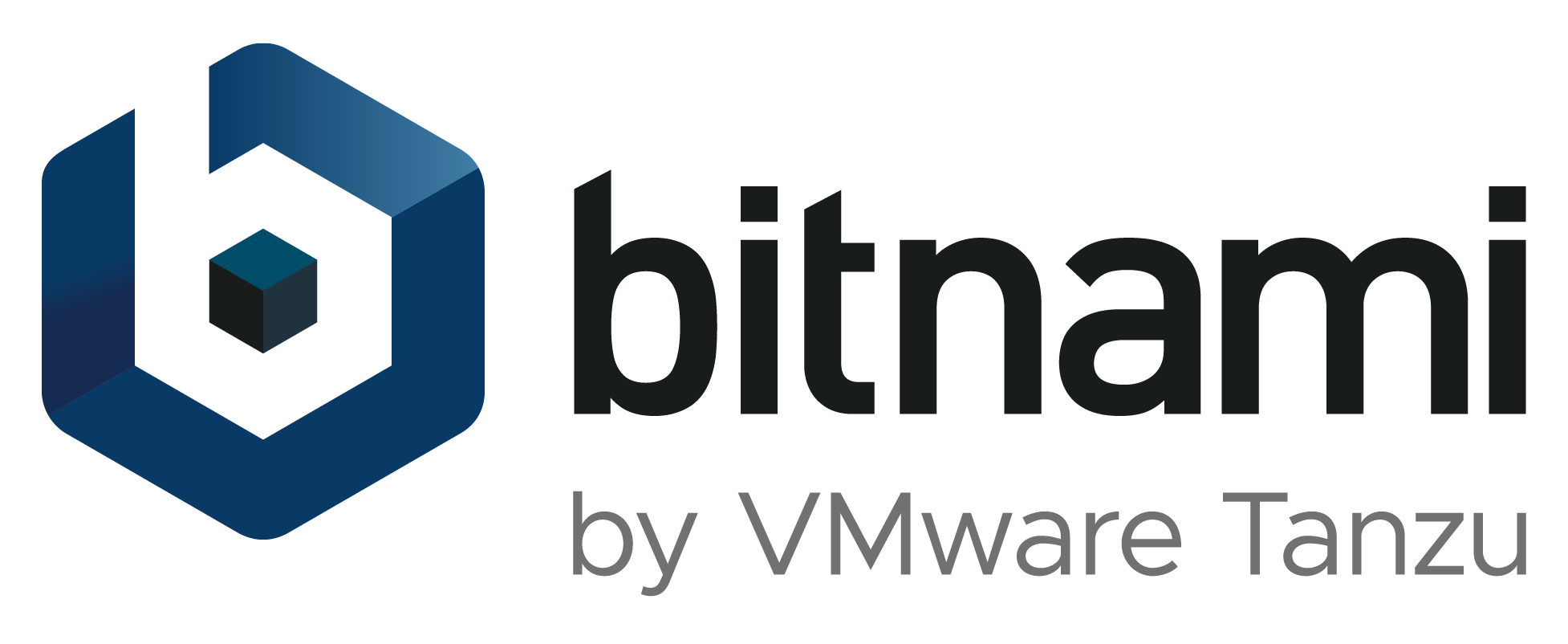Popular applications, provided by Bitnami, ready to launch on Kubernetes using Kubernetes Helm.
helm install my-release oci://registry-1.docker.io/bitnamicharts/<chart>Beginning August 28th, 2025, Bitnami will evolve its public catalog to offer a curated set of hardened, security-focused images under the new Bitnami Secure Images initiative. As part of this transition:
- Granting community users access for the first time to security-optimized versions of popular container images.
- Bitnami will begin deprecating support for non-hardened, Debian-based software images in its free tier and will gradually remove non-latest tags from the public catalog. As a result, community users will have access to a reduced number of hardened images. These images are published only under the “latest” tag and are intended for development purposes
- Starting August 28th, over two weeks, all existing container images, including older or versioned tags (e.g., 2.50.0, 10.6), will be migrated from the public catalog (docker.io/bitnami) to the “Bitnami Legacy” repository (docker.io/bitnamilegacy), where they will no longer receive updates.
- For production workloads and long-term support, users are encouraged to adopt Bitnami Secure Images, which include hardened containers, smaller attack surfaces, CVE transparency (via VEX/KEV), SBOMs, and enterprise support.
These changes aim to improve the security posture of all Bitnami users by promoting best practices for software supply chain integrity and up-to-date deployments. For more details, visit the Bitnami Secure Images announcement.
Each Helm chart contains one or more containers. Those containers use images provided by Bitnami through its test & release pipeline and whose source code can be found at bitnami/containers.
As part of the container releases, the images are scanned for vulnerabilities, here you can find more info about this topic.
Since the container image is an immutable artifact that is already analyzed, as part of the Helm chart release process we are not looking for vulnerabilities in the containers but running different verifications to ensure the Helm charts work as expected, see the testing strategy defined at TESTING.md.
- Kubernetes 1.23+
- Helm 3.8.0+
The quickest way to set up a Kubernetes cluster to install Bitnami Charts is by following the "Bitnami Get Started" guides for the different services:
- Get Started with Bitnami Charts using VMware Tanzu Kubernetes Grid (TKG)
- Get Started with Bitnami Charts using VMware Tanzu Mission Control (TMC)
- Get Started With Bitnami Charts Using Azure Marketplace Kubernetes Applications
- Get Started with Bitnami Charts using the Amazon Elastic Container Service for Kubernetes (EKS)
- Get Started with Bitnami Charts using the Google Kubernetes Engine (GKE)
For setting up Kubernetes on other cloud platforms or bare-metal servers refer to the Kubernetes getting started guide.
Helm is a tool for managing Kubernetes charts. Charts are packages of pre-configured Kubernetes resources.
To install Helm, refer to the Helm install guide and ensure that the helm binary is in the PATH of your shell.
Once you have installed the Helm client, you can deploy a Bitnami Helm Chart into a Kubernetes cluster.
Please refer to the Quick Start guide if you wish to get running in just a few commands, otherwise, the Using Helm Guide provides detailed instructions on how to use the Helm client to manage packages on your Kubernetes cluster.
Useful Helm Client Commands:
- Install a chart:
helm install my-release oci://registry-1.docker.io/bitnamicharts/<chart> - Upgrade your application:
helm upgrade my-release oci://registry-1.docker.io/bitnamicharts/<chart>
Copyright © 2025 Broadcom. The term "Broadcom" refers to Broadcom Inc. and/or its subsidiaries.
Licensed under the Apache License, Version 2.0 (the "License"); you may not use this file except in compliance with the License. You may obtain a copy of the License at
http://www.apache.org/licenses/LICENSE-2.0
Unless required by applicable law or agreed to in writing, software distributed under the License is distributed on an "AS IS" BASIS, WITHOUT WARRANTIES OR CONDITIONS OF ANY KIND, either express or implied. See the License for the specific language governing permissions and limitations under the License.

